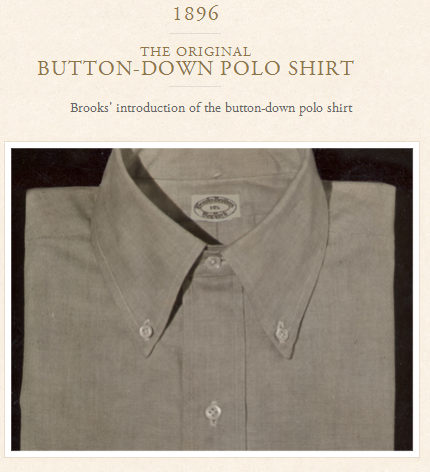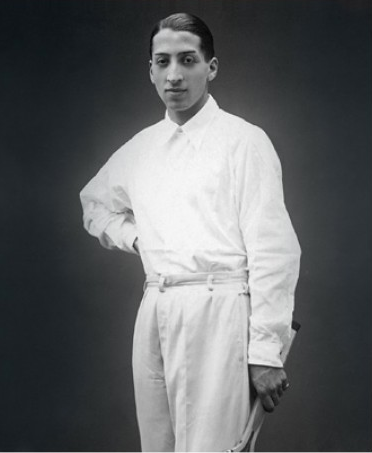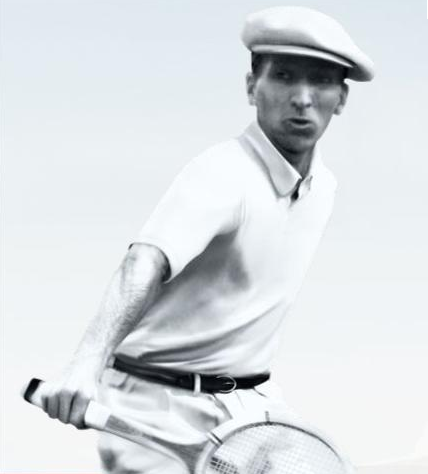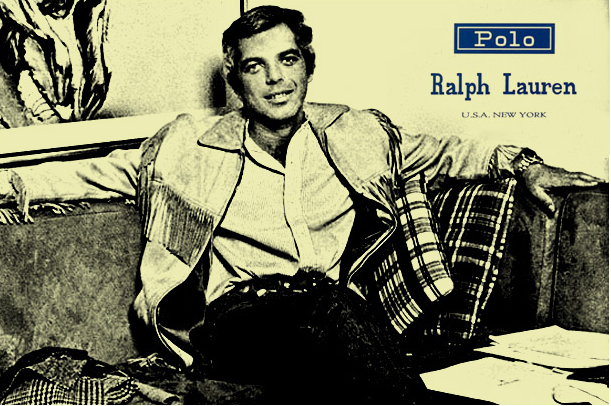cabased
Banned
- 1,997
- 1,071
- Joined
- Apr 4, 2014
If one does the rest will followThe ONLY reason why rappers dont dress like this is because they cant afford to.

Last edited:
Follow along with the video below to see how to install our site as a web app on your home screen.

Note: this_feature_currently_requires_accessing_site_using_safari
If one does the rest will followThe ONLY reason why rappers dont dress like this is because they cant afford to.

A$AP's whole style was borrowed from the south though.
You're trying too hard, you know I was pertaining to fashion.
I just asked wat fashion trend did ny start.
i remember someone saying that was invented in NYThe internet
If one does the rest will follow
Flow ≠ style

Not eem close.
Thats a $213,000 solid gold shirt.

High end fashion-Italy, London
Entertainment fashion trends-NY, LA.
Hypebeast fashion-Tokyo
Church fashion-Atlanta, Houston (think choppa suits)
Yuppie fashion-New England, The Hamptons, Long Island (polo shorts, polo dress shirt, boat shoes)
Hipster fashion-Brooklyn, San Francisco
[h2]The History of the Polo Shirt[/h2]
Yuppie fashion-New England, The Hamptons, Long Island (polo shorts, polo dress shirt, boat shoes)




Sure it is.
So the Web (not Internet) is a city now?
Nah, maybe because you're getting your information from the Web.
Sure it is.
There are no longer regional trends forreal.
You can't walk into an HBCU and look and tell who is from DC, Philly, Jersey, etc.
The internet has made the world so small.
So any trend that is created, is spread by the internet
what trends have sweden and belgium started?Sweden, Belgium, Japan, London, Italy (not cities, countries but, oh well)
I thought they started that whole drop crotch pants waves from a couple years ago
Although Japan is very fashion forward i don't think of them as setting too many fashion trends.
Diaper pants ?I thought they started that whole drop crotch pants waves from a couple years ago
Diaper pants ?
